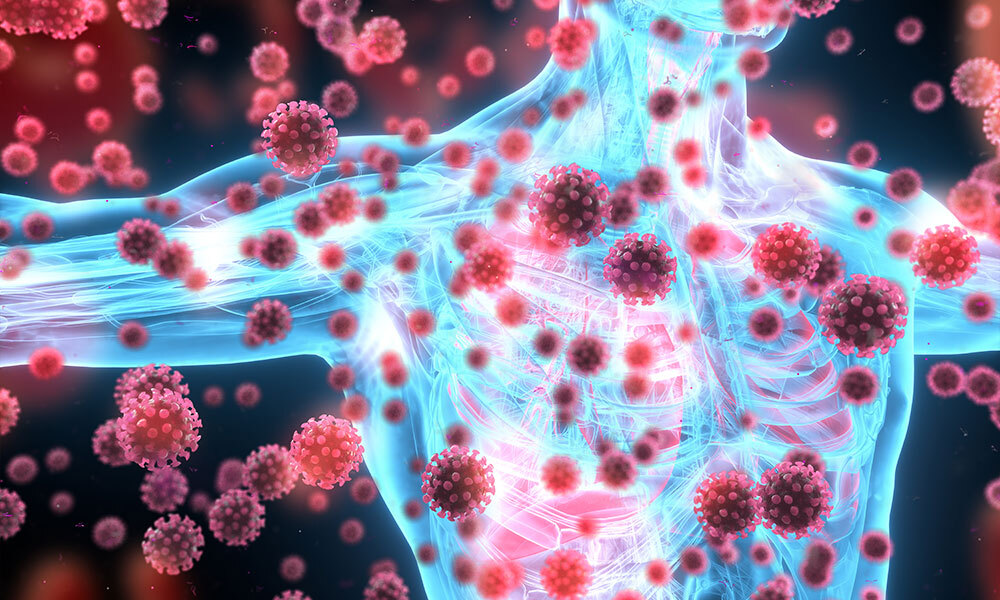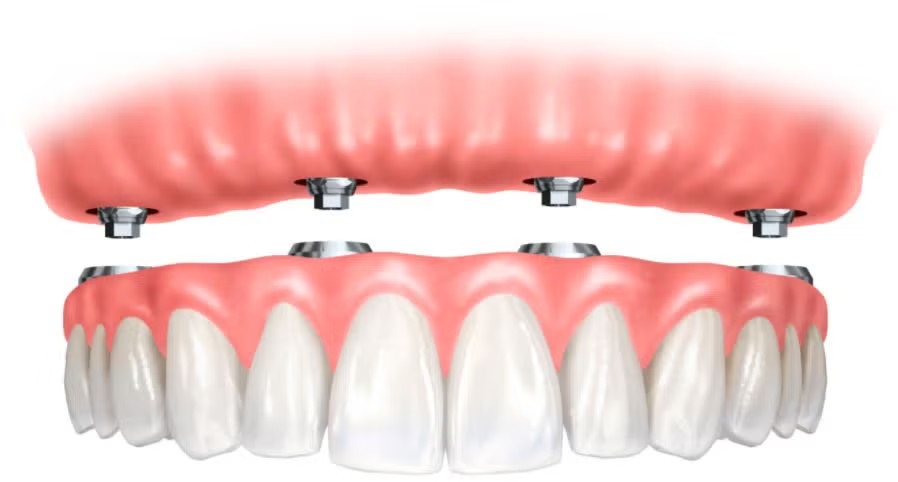What are Nanoparticles Used for in Medicine?

Nanotechnology, the manipulation of matter at the atomic and molecular scale, has significantly impacted various fields, including medicine. Nanoparticles, which are particles between 1 and 100 nanometers in size, possess unique physical and chemical properties due to their small size and large surface area. These properties make nanoparticles exceptionally useful in medical applications. This article explores the various uses of nanoparticles in medicine, highlighting their roles in diagnostics, drug delivery, imaging, and therapeutic applications.
Diagnostics and Imaging
1. Enhanced Diagnostic Techniques
Nanoparticles have revolutionized diagnostic techniques by providing higher sensitivity and specificity in detecting diseases at an early stage.
Quantum Dots
Quantum dots are semiconductor nanoparticles that fluoresce when exposed to light. Their size and composition can be precisely controlled to emit light at specific wavelengths, making them excellent for labeling and tracking biological molecules. In diagnostics, quantum dots are used in various assays to detect biomarkers associated with diseases such as cancer and infectious diseases. Their brightness and stability enable the detection of even low-abundance targets, enhancing early diagnosis.
Gold Nanoparticles
Gold nanoparticles are used in a variety of diagnostic applications due to their unique optical properties. They can be easily conjugated with antibodies or other molecules that specifically bind to disease markers. In lateral flow assays, such as home pregnancy tests, gold nanoparticles provide a visual readout by producing a colored line when the target molecule is present. They are also used in more advanced diagnostic techniques, including surface-enhanced Raman spectroscopy (SERS), which enhances the detection of molecular signals.
2. Advanced Imaging Techniques
Nanoparticles improve imaging techniques, enabling detailed visualization of tissues and cells, which is crucial for diagnosis and treatment planning.
Magnetic Nanoparticles
Magnetic nanoparticles, particularly superparamagnetic iron oxide nanoparticles (SPIONs), are used as contrast agents in magnetic resonance imaging (MRI). These nanoparticles enhance the contrast of MRI images, allowing for clearer visualization of soft tissues, tumors, and inflammatory sites. SPIONs are also used in magnetic particle imaging (MPI), a new imaging modality that provides high-resolution images with excellent sensitivity.
Gold Nanoparticles and Nanorods
Gold nanoparticles and nanorods enhance contrast in computed tomography (CT) scans. Their high atomic number increases X-ray absorption, providing better image contrast compared to traditional iodine-based contrast agents. This improved contrast aids in the detailed visualization of blood vessels, tumors, and other structures.
Drug Delivery
1. Targeted Drug Delivery
One of the most significant uses of nanoparticles in medicine is in targeted drug delivery. Traditional drug delivery methods often result in systemic distribution of drugs, leading to side effects and reduced efficacy. Nanoparticles can be engineered to deliver drugs directly to diseased cells, improving therapeutic outcomes and minimizing side effects.
Liposomes
Liposomes are spherical vesicles with a lipid bilayer that can encapsulate both hydrophilic and hydrophobic drugs. They protect the encapsulated drugs from degradation and facilitate their delivery to target sites. Liposomal formulations, such as Doxil (liposomal doxorubicin), are used to treat cancers by delivering the chemotherapeutic agent directly to the tumor, reducing toxicity to healthy tissues.
Polymeric Nanoparticles
Polymeric nanoparticles are made from biodegradable polymers like PLGA (poly(lactic-co-glycolic acid)). These nanoparticles can encapsulate drugs and provide controlled release over an extended period. Polymeric nanoparticles are used in various therapeutic applications, including cancer treatment, where they deliver chemotherapeutic agents more effectively.
2. Overcoming Biological Barriers
Nanoparticles can overcome biological barriers, such as the blood-brain barrier, to deliver drugs to otherwise inaccessible sites.
Lipid Nanoparticles
Lipid nanoparticles, including solid lipid nanoparticles (SLNs) and nanostructured lipid carriers (NLCs), are used to deliver drugs across the blood-brain barrier. These nanoparticles can encapsulate neuroactive drugs, improving their delivery to the brain and enhancing the treatment of neurological disorders like Alzheimer’s and Parkinson’s.
Nanocrystals
Nanocrystals are pure drug particles reduced to nanoscale size, improving their solubility and bioavailability. These particles can enhance the delivery of poorly soluble drugs, increasing their absorption and therapeutic effectiveness. Nanocrystal formulations are used in various drugs to improve their pharmacokinetic profiles.
Therapeutic Applications
1. Cancer Treatment
Nanoparticles play a crucial role in cancer treatment by improving the delivery and efficacy of therapeutic agents.
Nanoparticle-Based Chemotherapy
Nanoparticles are used to deliver chemotherapeutic drugs directly to tumor cells, reducing systemic toxicity and enhancing therapeutic outcomes. For example, Abraxane is a nanoparticle albumin-bound formulation of paclitaxel, a chemotherapeutic agent. This formulation increases the solubility and delivery of paclitaxel to tumors, improving its efficacy.
Photothermal and Photodynamic Therapy
Gold nanoparticles and other nanomaterials are used in photothermal therapy (PTT) and photodynamic therapy (PDT) to treat cancer. In PTT, gold nanoparticles are targeted to tumors and heated with near-infrared light, destroying cancer cells through thermal ablation. In PDT, nanoparticles deliver photosensitizing agents to tumors, which, upon light activation, produce reactive oxygen species that kill the cancer cells.
2. Gene Therapy
Nanoparticles are used in gene therapy to deliver genetic material, such as DNA, RNA, or CRISPR-Cas9 components, to target cells.
Lipid Nanoparticles
Lipid nanoparticles (LNPs) are used to deliver mRNA vaccines, such as the COVID-19 vaccines developed by Pfizer-BioNTech and Moderna. These nanoparticles protect the mRNA from degradation and facilitate its delivery into cells, where it is translated into proteins that elicit an immune response.
Polymeric Nanoparticles
Polymeric nanoparticles are used to deliver siRNA and other genetic material for gene silencing and editing. These nanoparticles can be engineered to target specific cells and tissues, improving the precision and efficacy of gene therapy.
3. Regenerative Medicine
Nanoparticles are used in regenerative medicine to promote tissue repair and regeneration.
Nanostructured Scaffolds
Nanostructured scaffolds made from biocompatible materials provide a supportive environment for cell growth and tissue regeneration. These scaffolds mimic the natural extracellular matrix, promoting cell adhesion, proliferation, and differentiation. They are used in tissue engineering to repair damaged tissues and organs.
Stem Cell Delivery
Nanoparticles are used to deliver growth factors and other signaling molecules to stem cells, enhancing their proliferation and differentiation. This approach is used in regenerative medicine to treat conditions like spinal cord injuries, heart disease, and bone defects.
Antimicrobial Applications
Nanoparticles are used to combat bacterial, viral, and fungal infections, providing new solutions for antimicrobial resistance.
Silver Nanoparticles
Silver nanoparticles have potent antimicrobial properties and are used in wound dressings, coatings for medical devices, and antimicrobial sprays. They can kill a wide range of pathogens by disrupting their cell membranes and interfering with their metabolic processes.
Gold Nanoparticles
Gold nanoparticles are used in combination with antibiotics to enhance their antimicrobial activity. These nanoparticles can improve the delivery of antibiotics to bacterial cells, overcoming resistance mechanisms and improving treatment outcomes.
Challenges in Nanomedicine
Despite the promising applications of nanoparticles in medicine, several challenges must be addressed to fully realize their potential.
1. Safety and Toxicity
The safety and biocompatibility of nanoparticles are major concerns. Due to their small size and high reactivity, nanoparticles can interact with biological systems in unpredictable ways, potentially causing cytotoxicity and other adverse effects. Comprehensive studies are needed to understand the long-term effects of nanoparticles on human health and the environment.
2. Regulatory Hurdles
Establishing clear regulatory frameworks for nanoparticle-based products is essential to ensure their safety and efficacy. Regulatory agencies need to develop guidelines and standards for the testing and approval of nanomedicine products, addressing issues related to their characterization, manufacturing, and quality control.
3. Manufacturing and Scalability
Producing nanoparticles consistently and at a large scale is challenging. Ensuring batch-to-batch reproducibility and controlling the size, shape, and surface properties of nanoparticles are critical for their clinical application. Developing cost-effective and scalable production methods is necessary to make nanomedicine accessible to a broader population.
4. Public Perception and Ethical Concerns
Educating the public and healthcare providers about the benefits and safety of nanomedicine is crucial for its acceptance. Addressing ethical concerns related to privacy, equity, and the potential for misuse is also important to build trust and support for nanomedicine innovations.
Conclusion
Nanoparticles have revolutionized medicine by offering new solutions for diagnostics, drug delivery, imaging, and therapeutic applications. Their unique properties enable precise and effective treatments, improving patient outcomes and transforming healthcare. However, addressing the challenges related to safety, regulation, manufacturing, and public perception is essential to fully realize the potential of nanoparticles in medicine.
As research and technological advancements continue, the future of nanomedicine looks promising. Nanoparticles will play a central role in personalized medicine, advanced therapeutics, and regenerative medicine, paving the way for a new era of healthcare innovation. By embracing the potential of nanotechnology while addressing its challenges responsibly, we can unlock new frontiers in medicine and improve the quality of life for patients worldwide.








